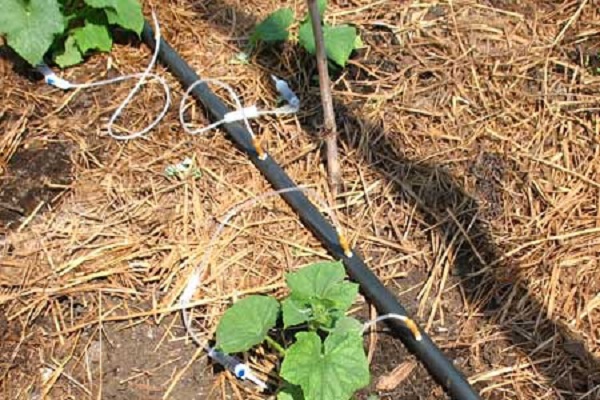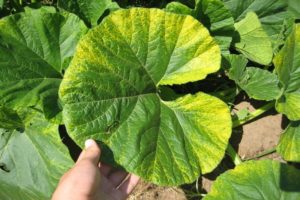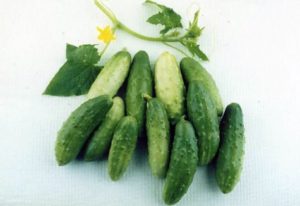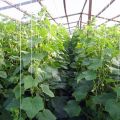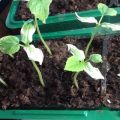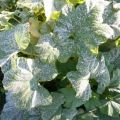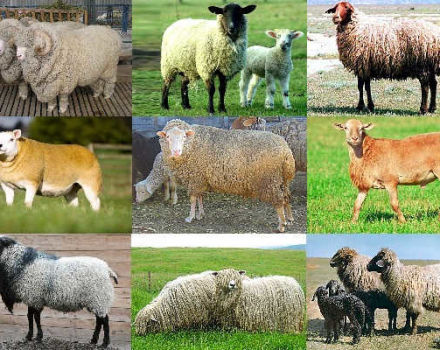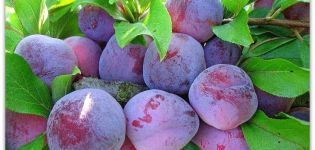How to make a do-it-yourself drip irrigation system for cucumbers in a greenhouse and open field
Drip irrigation of cucumbers in a greenhouse is easy to organize without the involvement of specialists and the purchase of ready-made systems. You just need to decide in advance on the plans for future planting and evaluate your own possibilities of controlling the process - how much time you are ready to devote to caring for cucumbers during watering and how often you can fill irrigation containers.
How to water cucumbers in the greenhouse and in the open field
Since excess moisture in the soil after abundant watering entails rotting of the root system of seedlings and the formation of voids in ripening fruits, there is a certain rate of watering the crop, which differs depending on the method of growing cucumbers:
- when grown in open ground, the irrigation rate is 4.5-5 liters of water per 1 m2 before the beginning of the growing season and 11 l per 1 m2 when ripe cucumbers;
- watering cucumbers in a polycarbonate greenhouse requires less water consumption - 3.5-4 liters per 1 m2 before flowering and 7.5-9 liters during the growth of fruits.
Fertigation is of great importance for the healthy development and increase in plant productivity, that is, the cultivation of nutrient fertilizers in the irrigation water and their supply directly to the cucumbers. For these purposes, only readily soluble feed formulations are used, otherwise there will be a threat of blockage of poorly passable sections of the structure system... Experienced gardeners are advised to use the following ready-made mixtures when irrigating cucumbers:
- "Nutriflex";
- Teraflex;
- "Speedfall";
- "Novofert".
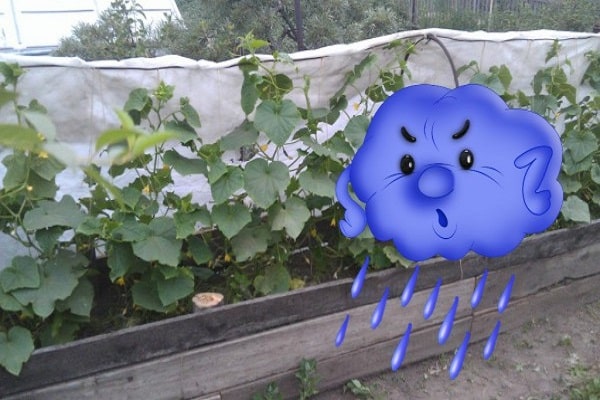
In order to save expensive compositions, you can water cucumbers with drip irrigation by combining ready-made products with magnesium sulfate or nitrate, ammonium nitrate, available and familiar to every summer resident; if necessary, formulations of phosphorus fertilizers are introduced into watering.
It is not necessary to add a nutrient solution to water for irrigation in greenhouse conditions immediately, but 10 minutes after the start of irrigation, when the soil under the cucumbers is already sufficiently moistened. When the solution runs out, the reservoirs of the irrigation system are refilled with clean water so that all drainage elements are properly rinsed. How much time is needed to clean the irrigation structure depends on the branching and total length of the system, but on average it is 15-20 minutes.
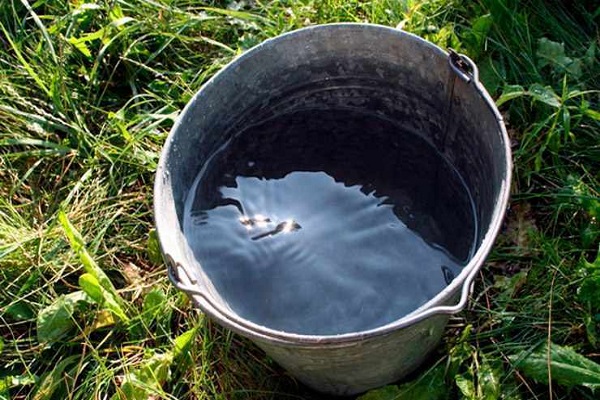
Artificial irrigation systems
How to make drip irrigation for cucumbers yourself? For the convenience of organizing drip irrigation, seedlings are planted in even rows, with the installation of a trellis for tall varieties of cucumbers or without it - for bush varieties of culture... With a trellis garter of seedlings, the top layer of soil is covered with mulch. This helps to retain moisture and reduces water consumption.
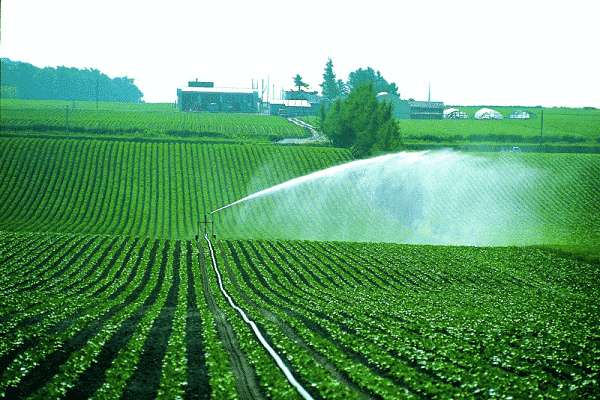
Gravity water supply
In order to ensure a continuous supply of water to the cucumbers and at the same time not damage the delicate stems of the seedlings with the installed irrigation system, the hoses must be laid on the ground in advance, even before the seedlings are transferred to a permanent place. Then, when the hose irrigation system is already distributed on the garden bed and a supply is drawn from it, through which water will be supplied, a reservoir can be installed.
An ordinary barrel with a water tap embedded at a distance of 7-12 cm from the bottom serves as a container for diverting the irrigation system. In order to be able to regulate the pressure and water supply during drip irrigation, the barrel is hoisted onto a movable platform having several levels of height.

The last step in organizing watering is to connect the hose to the tap with a clamp and fill the barrel with water. It should be noted that only one hole made in the hose should fall on one plant, which means that perforation is carried out taking into account the density of the cucumber plantings. On average, this is 35-40 cm between punctures.
How to properly organize bottle watering
Automatic bottle irrigation is considered the most economical option, which does not require preliminary preparation and certain schemes for planting cucumber seedlings. Gardeners use three methods of drip irrigation of cucumbers using plastic kegs:

- For the first option for watering cucumbers, you will need a 1.5-liter bottle and a thin cocktail tube, one of the ends of which is tightly closed. At 0.5 cm from the plug, you need to make a hole with a diameter of a match. The bottom of the bottle is cut evenly, and a puncture equal to the width of the tube is made 1-2 cm from the level of the shoulders. The free end of the tube is inserted into the puncture hole by 2-3 cm and it is fixed in this position. The bottle is turned over, water is poured into it and placed near a bush of cucumber seedlings.
- Watering cucumbers in the open field should completely replenish the loss of moisture from evaporation, therefore, it provides an abundant supply of water. In a 2-liter bottle, starting from a 4-centimeter height, 5-6 small holes are made, distributing them to the keg hangers at an equal distance from each other. The bottle is dug in about a third near the seedling bush. Warm water is poured through the neck.
- The third method of watering cucumbers in a greenhouse or in the open field is used if there are trellises. Bottles already filled with water are tied to them, necks down. Irrigation water enters through the holes made in the keg lids. In order not to damage the leaves of the seedlings and themselves cucumbers, bottles tied up at a distance of 5-7 cm above the ground, in the immediate vicinity of the plant stem.
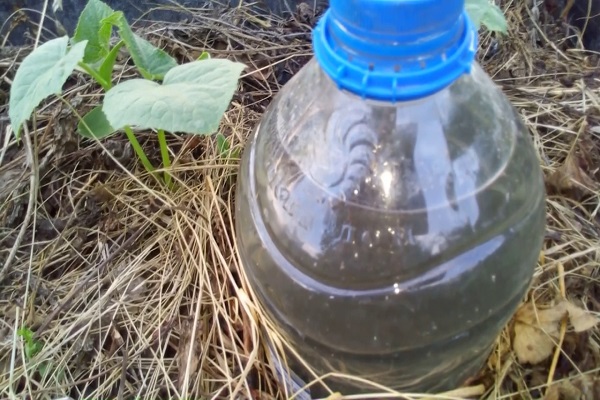
Summer residents do not always have the opportunity to visit the greenhouse with the necessary frequency required for the timely filling of containers with water. In this case, it is advisable to use 5-liter bottles, installed in accordance with the general principles of methods.
Medical dropper system
The drip system can be a branched design using several types of materials or the simplest one with an individual reservoir with a supply for each bush of seedlings.

The most labor-intensive design involves purchasing the following components for the system:
- plumbing PVC pipes:
- medical droppers.
The distribution pipeline is used directly as a source of water supply.
The algorithm for forming a system for watering cucumbers with your own hands:

- punctures are made in PVC pipes cut into the same lengths, corresponding to the distance between future plantings;
- by means of plastic elbows and clamps, a distribution irrigation system is made from pieces of pipes, which is assembled directly in the greenhouse or on an open bed;
- the medical dropper is cut into 10-15 cm pieces, and each piece is tightly inserted into the hole of the pipe so that the free end of the dropper is near the future seedling hole.
If the system is used seasonally, the installation must be flushed and drained between water starts. This method of supplying water to cucumbers refers to capital and is associated with monetary costs for pipes. You can reduce the cost of watering by using the same droppers and ordinary plastic bottles. This option is also good in that when watering, there is the possibility of simultaneous feeding.

Algorithm for collecting a mobile system for irrigation:
- in plastic 1.5-liter bottles, the bottom is cut off, and a puncture is made in the lid;
- each bottle is hung from a trellis directly above the plant with the neck down;
- a piece is cut from the dropper, in length equal to the distance from the bottle cap to the ground plus 2 cm;
- the adjusting structure with the wheel is moved closer to the bottleneck.
With the annual transfer of a cucumber bed from place to place, such a compact drip irrigation for cucumbers has a clear advantage over capital. And all the care of the system consists in adding water in a bottle and periodically cleaning the dropper outlet from earthen plugs. In addition to periodic cleanings, it is required once a year after harvesting the cucumbers to disassemble the entire system and flush the dropper in several stages. Nitric or orthophosphoric acid is used to flush out residues of organic fertilizers.
